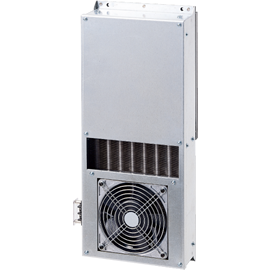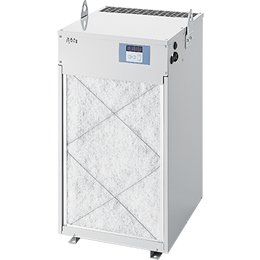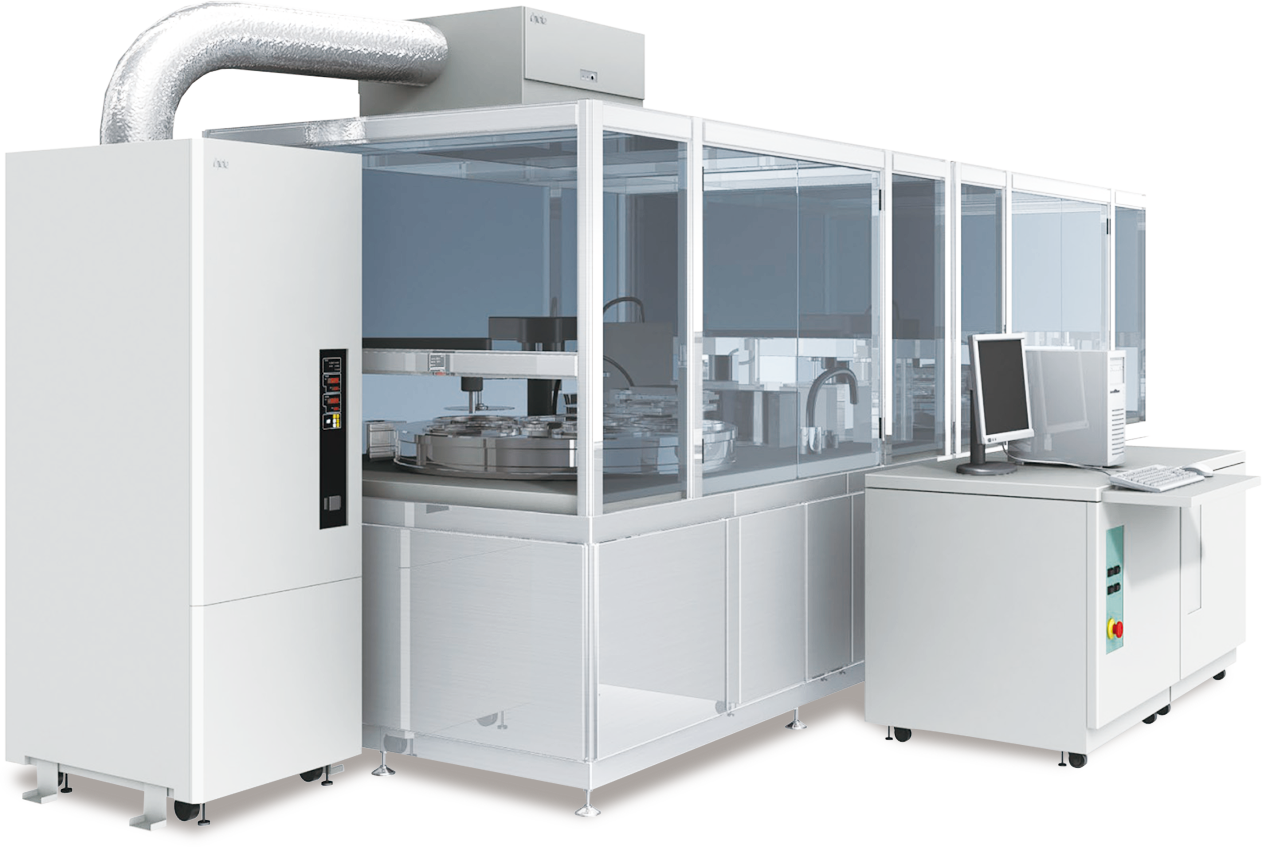Temperature control of measurement/test/inspection environment

In manufacturing processes and research and development, measurements and inspections are carried out to maintain a certain quality standard for products, but to obtain accurate data, it is important to control the temperature and humidity of environment in which measuring, testing, and inspection equipment are installed.
Table of Contents [display]
What is a measuring instrument?
Measuring machines are devices that quantify (quantify) the physical size and volume of an object according to a set standard. There is a wide range of measuring machines available, from micrometers that can measure dimensions simply to coordinate measuring machines that can perform highly stability measurements, depending on the purpose and stability required.
What is a testing machine?
Testing machines include "material testing machines" that examine the physical properties of materials such as strength and hardness, "performance testing machines" that examine performance of products such as output and fuel efficiency, and "environment testing machines" that examine changes in materials and products in specific environment. Testing according to established standards and environment can ensure the quality of products.
What is an inspection machine?
An inspection machine is a device that inspects products and parts according to established standards in accordance with specification to ensure that they are made according to specification and that there are no abnormalities during the process or before shipping, preventing defective products from reaching the market. This can be done both inline and offline.
What is required of measuring, testing and inspection equipment?



Measuring, testing and inspection machines are generally required to meet the following requirements:
- reproducibility
- The best method for your purpose and use
- stability that meets your needs
- Measurement time and labor
Reproducibility is the most important factor when performing measurements, tests, and inspections, and refers to the ability to always obtain the same results under the same environment conditions. Poor reproducibility undermines the reliability of the data itself. In order to increase reproducibility, it is essential that environment is always the same, and that the object is always in the same condition, of the same quality, and with the same physical properties.
In particular, changes in temperature and humidity affect the mechanical, physical, chemical, and electrical properties of raw materials. Changes in the condition and quality of raw materials not only make it impossible to obtain reproducible reliability data, but also lead to a decrease in yield and an increase in defective products on the production line, making it impossible to maintain manufacturing quality.
Many manufacturing industries comply with the quality management systems of ISO 9000 and JIS Q 9000. The core ISO 9001 standard specifies measurement traceability and stipulates the accuracy of measurements during the manufacturing process. For this reason, it is important to maintain constant temperatures and humidity around measuring and testing equipment.
Measuring machine installation environment
The installation environment conditions for measuring instruments are specified in JIS Z 8703-1983 as follows:
- The standard temperature shall be 20°C, 23°C or 25°C depending on the purpose of the test.
- Standard humidity shall be either 50% or 65% relative humidity.
- The standard atmospheric pressure is between 86kPa and 106kPa.
ISO 554-1976 recommends the following standard conditions: 23°C, relative humidity 50%, and atmospheric pressure between 86kPa and 106kPa.
The tolerances under standard conditions are classified according to the purpose of the test as shown in the table below.
Table 1 Temperature tolerance under standard conditions
| Classification | Tolerance °C |
|---|---|
| Temperature 0.5 class | ± 0.5 |
| Temperature class 1 | ± 1 |
| Temperature level 2 | ± 2 |
| Temperature level 5 | ± 5 |
| Temperature class 15 | ± 15 |
(Created by our company based on ISO554-1976)
Note: Temperature class 15 is used only for the standard temperature of 20°C. The temperature range of 5 to 35°C is called normal temperature.
Table 2. Humidity tolerance under standard conditions
| Classification | Tolerance % |
|---|---|
| Humidity level 2 | ± 2 |
| Temperature level 5 | ± 5 |
| Humidity level 10 | ± 10 |
| Humidity level 20 | ± 20 |
(Created by our company based on ISO554-1976)
Note: Humidity level 20 is used only for the standard relative humidity of 65%. The humidity range of 45 to 85% is called normal humidity.
As such, when installing a measuring instrument, it is important to maintain consistent temperature and humidity control according to the purpose of the test in order to create standard conditions.
Creating the best environment for measurements
Temperature and humidity control in the installation environment of measuring instruments is generally achieved overall overall but this requires significant construction costs and a long construction period for installation.
As an alternative to the costly introduction of overall, we propose local precision air conditioner (TCU/ECU). Local precision air conditioner (TCU/ECU) do not require major construction work to install the main unit, and simply enclose the space where the measuring instrument will be installed in a clean booth or similar, and connect precision air conditioner (TCU/ECU) main unit to the booth with a duct to create an optimal space for the measuring instrument.
Furthermore, with general overall, the temperature is adjusted throughout the entire space, making it difficult to improve the temperature and humidity only around the measuring device, making it difficult to maintain tolerances from the standard state. However, local precision air conditioner (TCU/ECU) limit the target space and adjust only the necessary space, making it possible to control temperature and humidity more efficiently and with greater stability.
If you have any concerns about temperature and humidity control in your measurement environment, please feel free to contact Apiste.
















